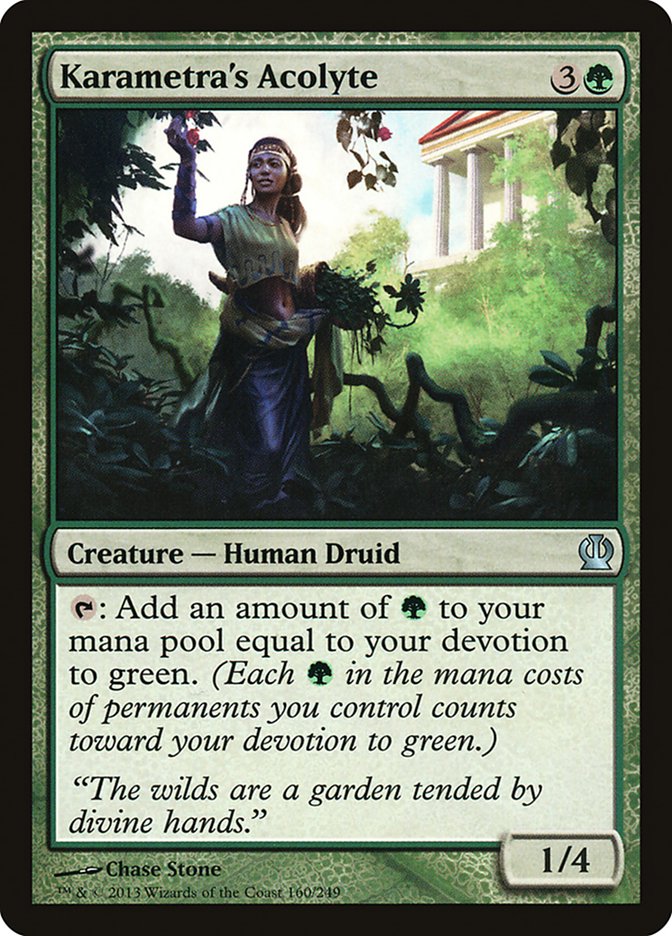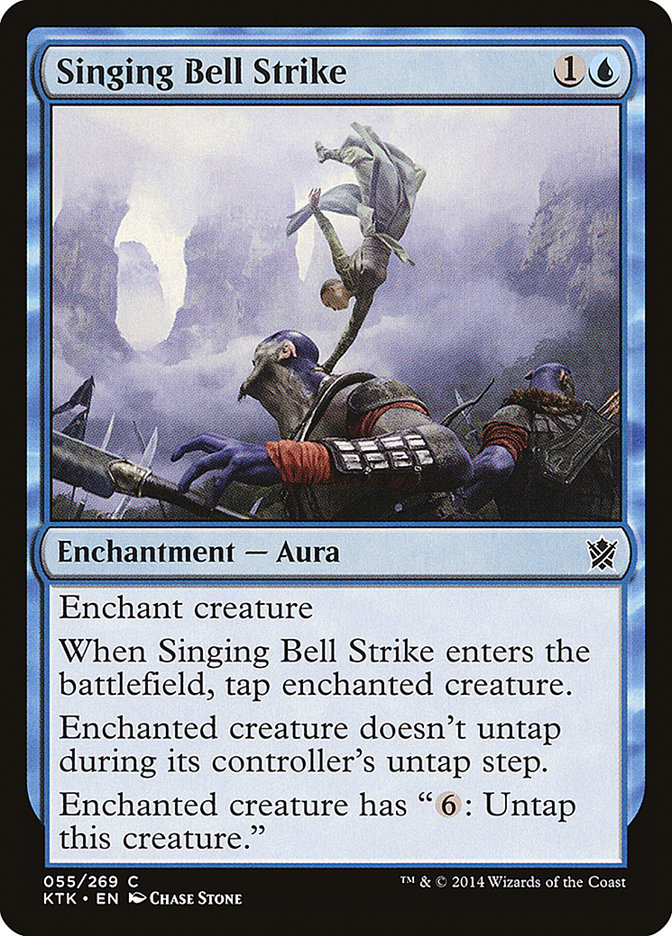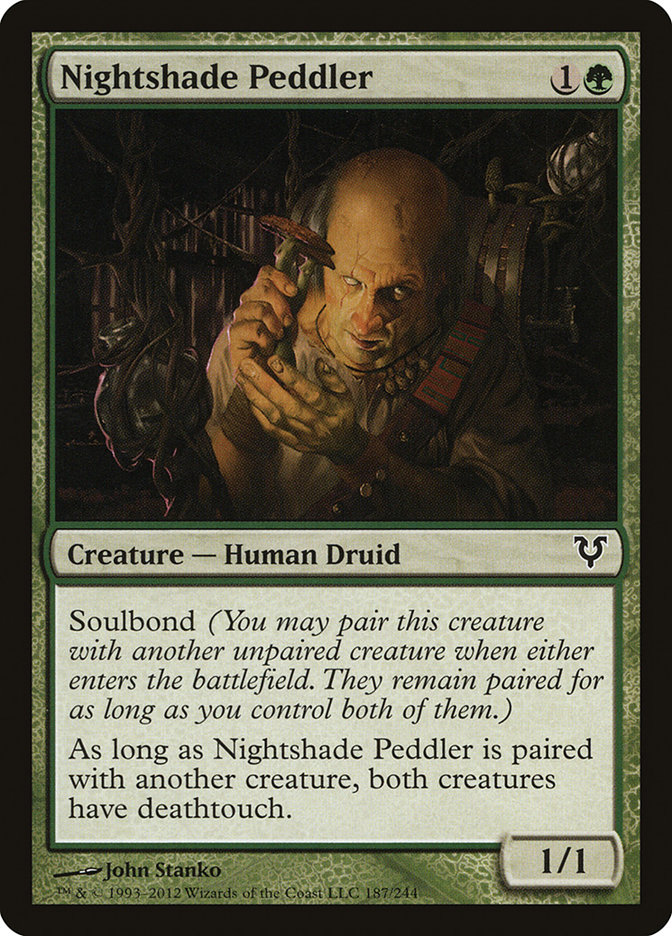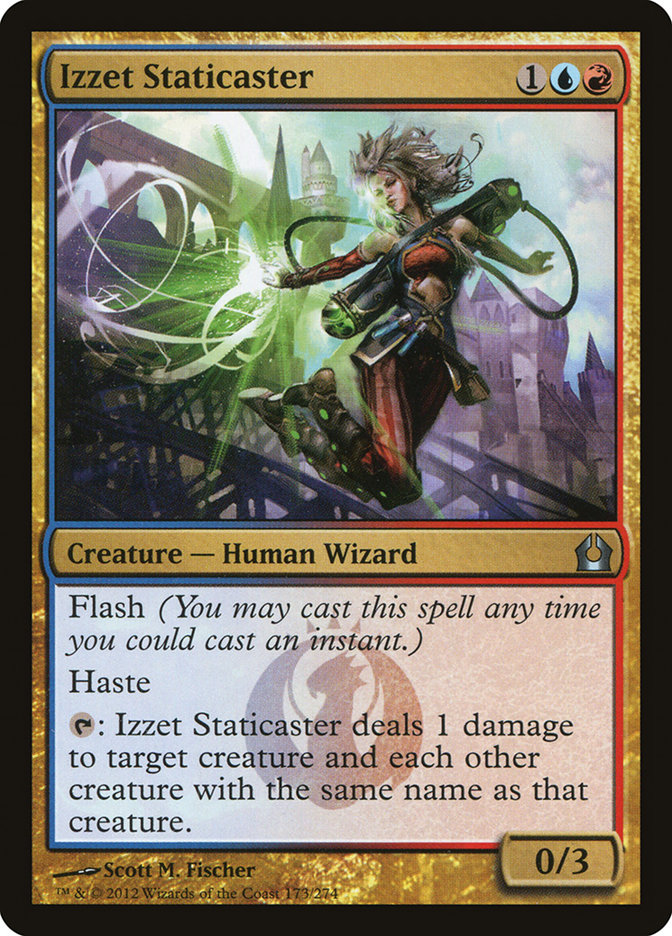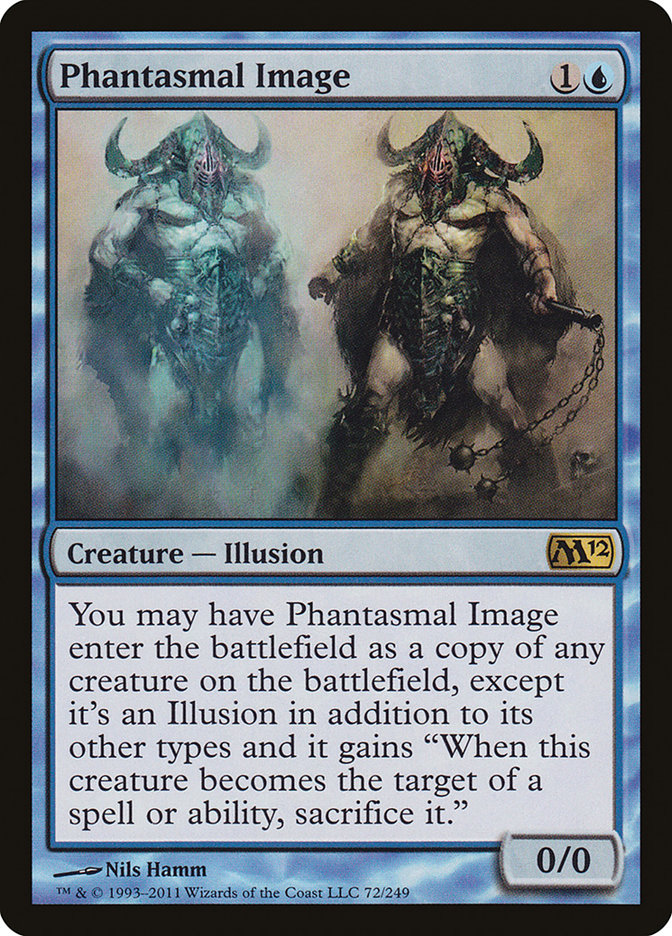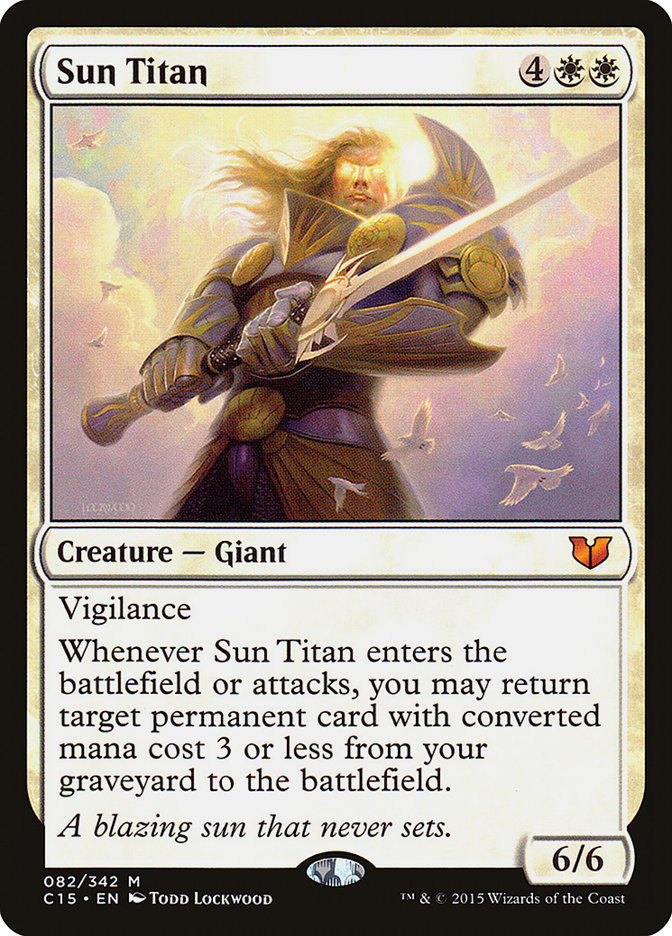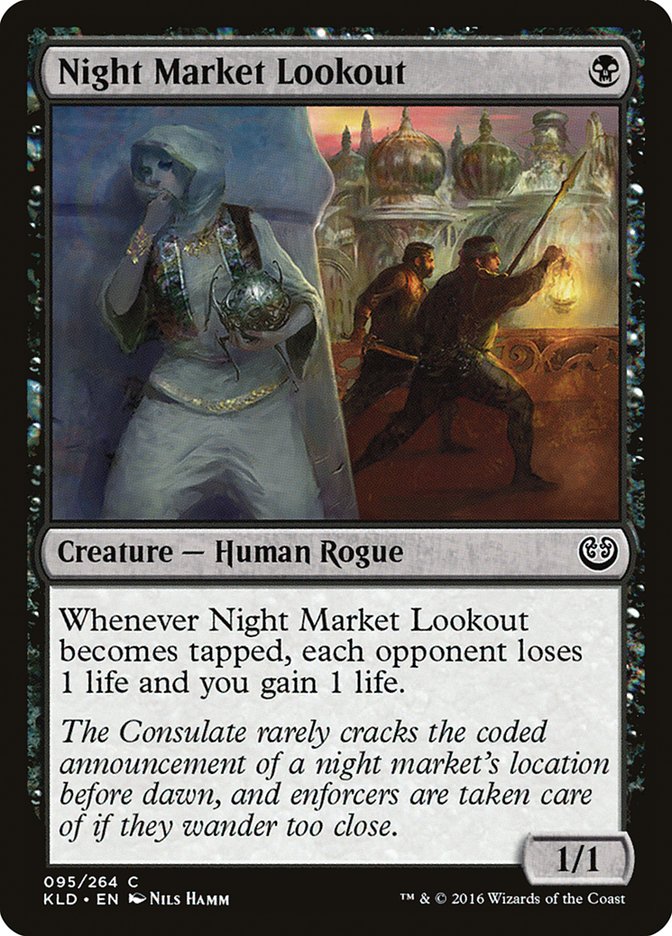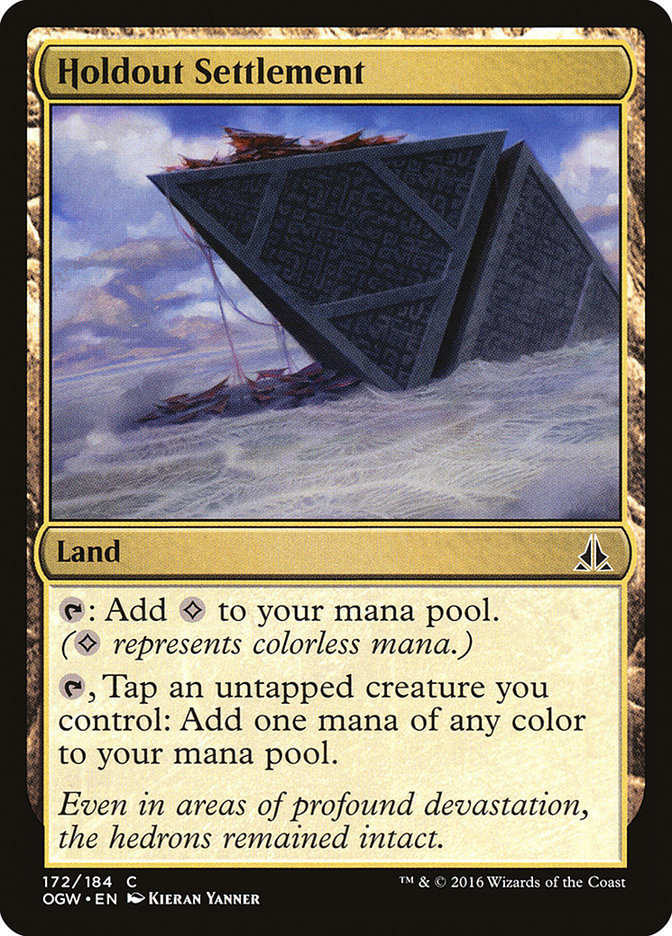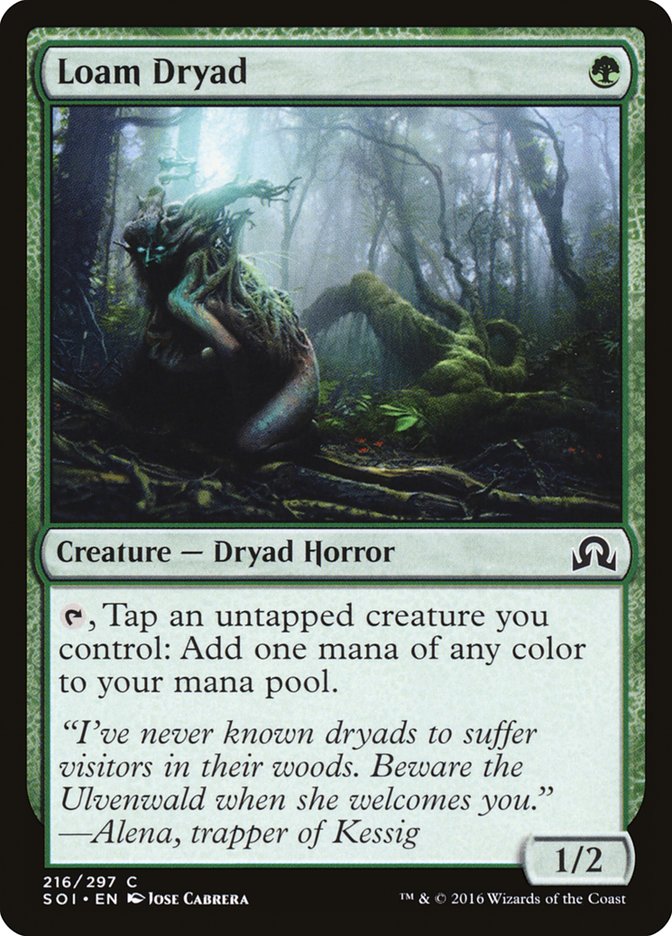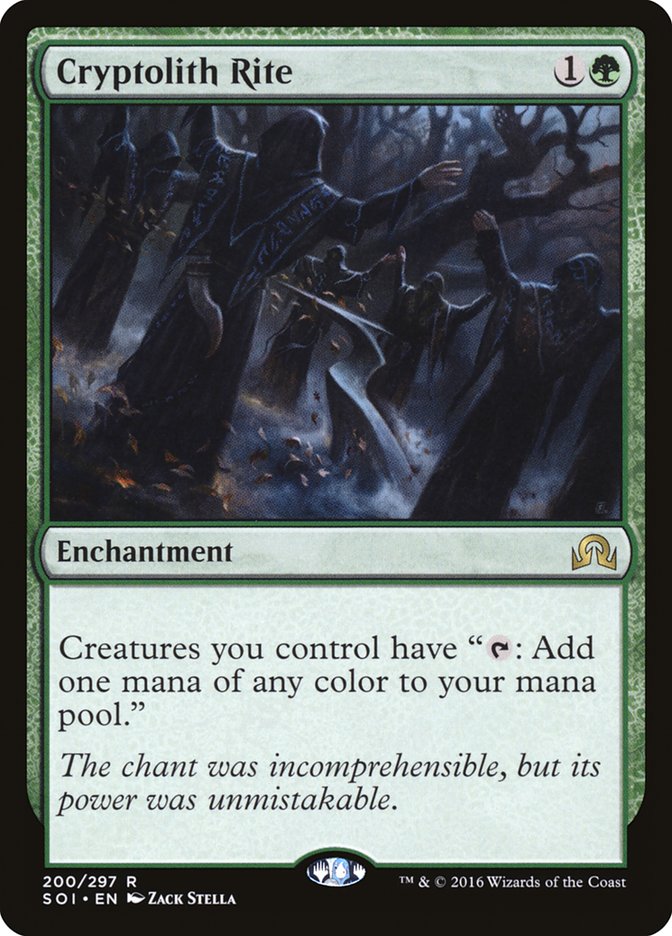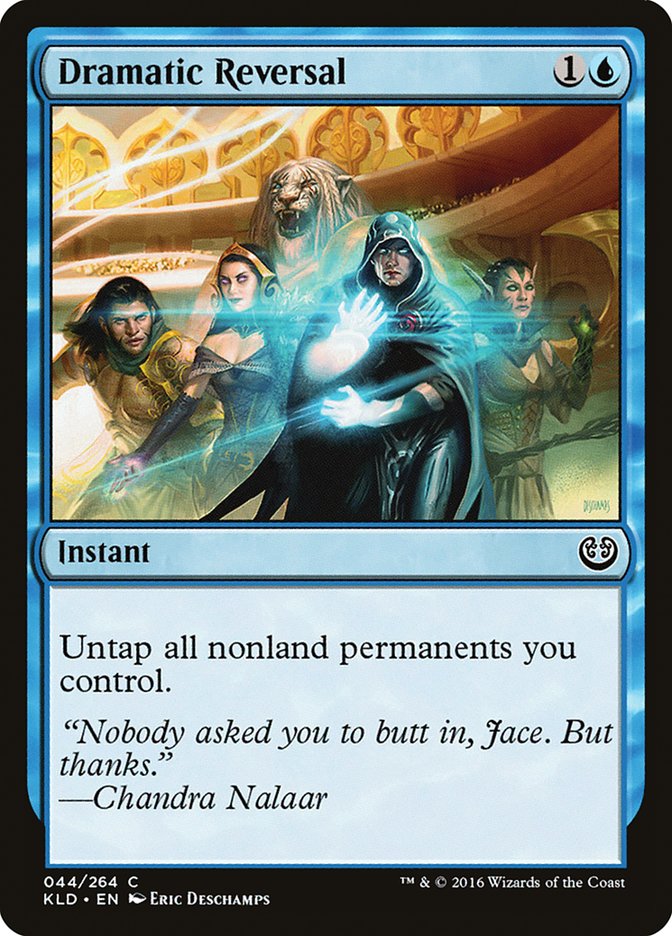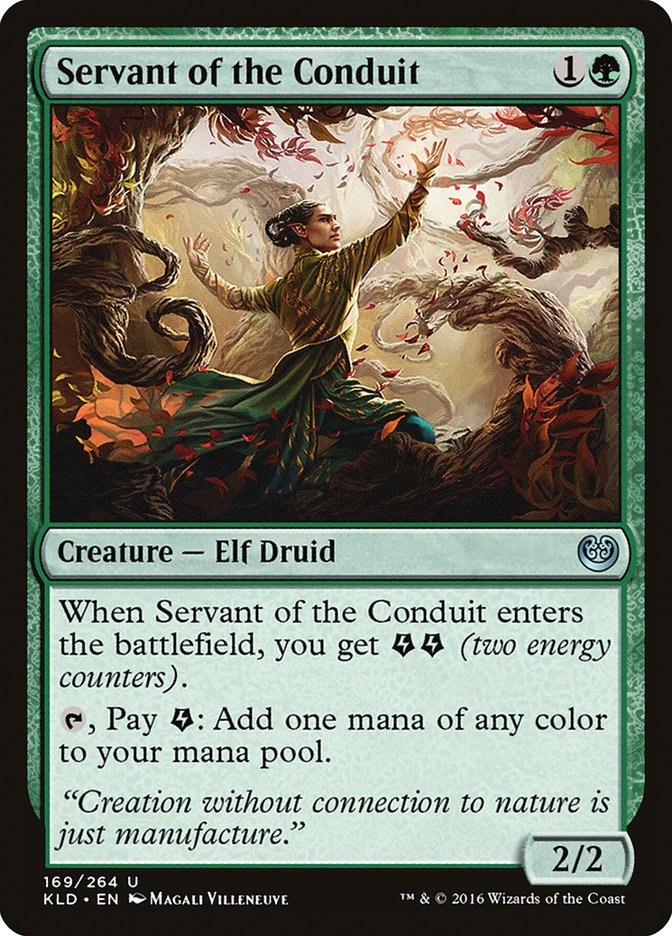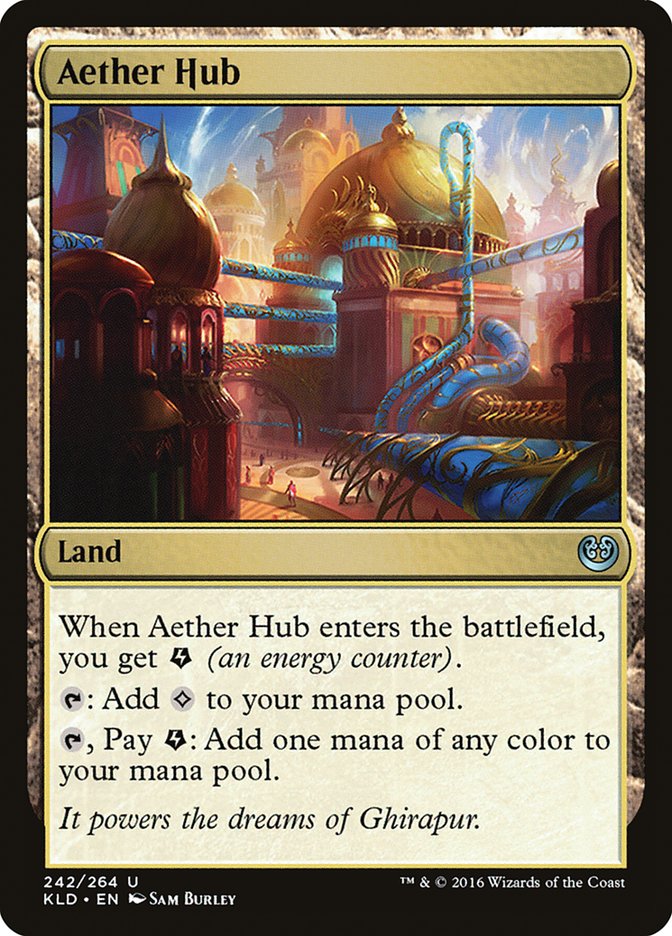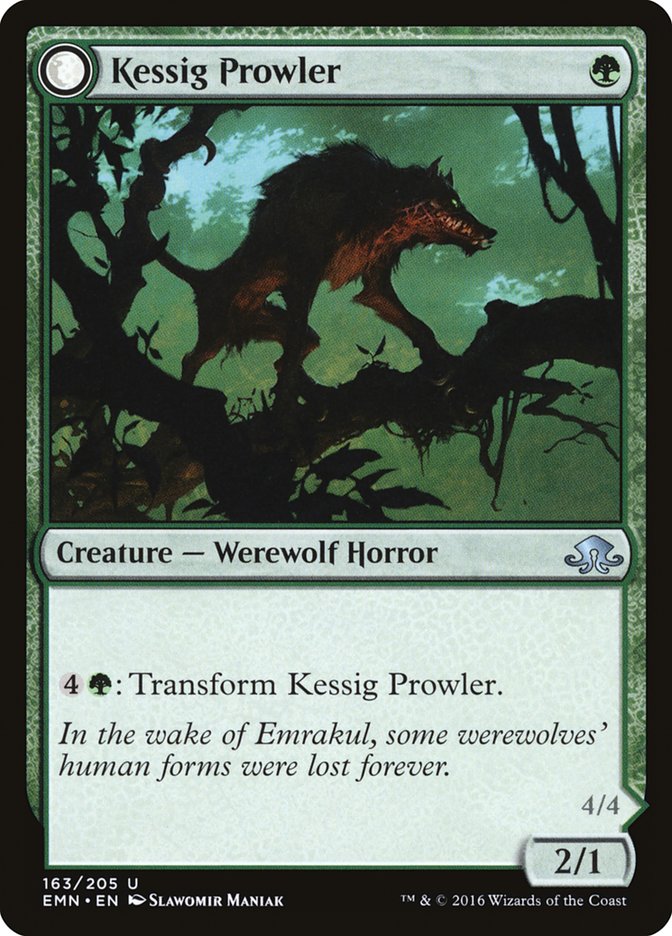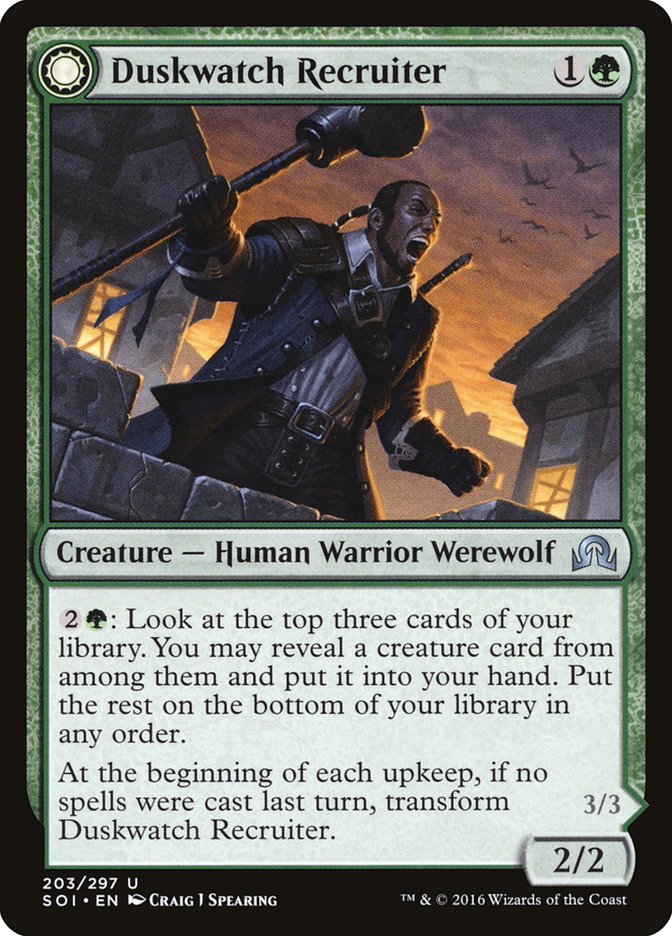I’ve got to admit it; brewing used to be easier.
There was a time when simple, off-the-wall interactions were enough to make a major difference in the format. Decks and, in a broader sense, Standard could be impacted by clever brewers bending the cards of the format to follow their rules, creating an environment where the next big breakthrough was around the corner.
Things aren’t quite as wild as they used to be. Except in some rare cases, the best cards in the format are high-powered, independent, and flexible. Archangel Avacyn? Through the roof in power level, and an essential player in some of the format’s current decks to beat. Siege Rhino was independent, requiring little or no effort to be good outside of the slightly tougher manabase.
Whether it was turn 4 or turn 14, Siege Rhino was usually pretty good. Hangarback Walker and Smuggler’s Copter are both two mana (most of the time), and they can be played in most any deck. That level of flexibility gave Hangarback Walker staying power in the last Standard, and Smuggler’s Copter isn’t going anywhere. This is great for a format; the regularity and reliability of its top cards help matches come down to play skill and deck construction. This is good when you’re trying to help players feel like they “lost the coin flip” in a given match.
However, it means that there’s less room for brews and the cards that surround them. The criteria for a successful brew, both explicit and implicit, become stricter. Cards that work together are austere, utilitarian even. Especially when you dig through Kaladesh, you can pull out the best cards, test them out, toss those that don’t work, and more or less move on. No need to filter through the dross from your draft deck.
Wait, what’s this?
This simple little common glided beneath my radar for months, and very few one-drops ever should. This 1/1 gets sideways and drains your opponent, but it’s not the first to do so.
Pulse Tracker and Mardu Shadowspear are quite a bit like Night Market Lookout: each of them have two power, in a way, but these variants both require you to attack. Night Market Lookout only needs to be tapped; thankfully, we currently reside in a format with lots of fun ways to tap creatures without attacking. Moreover, if tapping is all it takes, we can do this with an enabler as soon as the Lookout enters the battlefield, and we can do it multiple times a turn if we have ways to untap it. This fact makes Night Market Lookout considerably more interesting, especially in a world where flash creatures make 1/1s a liability in open combat. Getting tied up in gridlock isn’t a big deal if you can finish the job with a tapping ability.
When looking at this sneaky critter, I thought of an old card, Springleaf Drum, and its land version, Holdout Settlement.
Holdout Settlement lets us not only tap the Night Market Lookout right away, it also gives us a way to do so outside of the stack and it helps fix our mana so we can get aggressive with whatever we pair with the Night Market Lookout.
It would stand to reason that a deck that cares about a single point or two of life drain will want other cards that get your opponent as close to zero life as possible, making Night Market Lookout relevant. While burn and drain aren’t quite what they used to be, we can start there to form the initial list.
Okay, so four Incendiary Flow, four Spireside Infiltrator, a full playset of lasjkdfkj;oemdddd…
…
…
Hmmm, what? Huh? Oh. I must have fallen asleep on my keyboard making that list.
Yes, I’m afraid the lowest-hanging fruit that could be used to comprise this deck isn’t going to be exciting enough to keep this wandering mind interested. So let’s dig a little deeper.
Loam Dryad is the Springleaf Drum creature, so it would make sense that it should make an appearance here to support, you know, our other one-mana common creature with bad combat stats. Don’t you tell me how to live my dreams!
Cryptolith Rite saw lots of play in a format where Collected Company was the most-cast noncreature spell. It was easy to be flexible; building a creature suite that was also a manabase allows for some silly games of Magic. Here, though, it provides a reliable way to tap both Night Market Lookout and its more expensive friend, Spireside Infiltrator. Both have a similar effect, and both let you avoid combat entirely while beating up your opponent.
If we’re using Loam Dryad, Holdout Settlement, and Cryptolith Rite, we can get really greedy. Let’s add two colors and make it super-spicy.
Creatures (21)
- 3 Catacomb Sifter
- 4 Loam Dryad
- 4 Thermo-Alchemist
- 2 Torrential Gearhulk
- 4 Spireside Infiltrator
- 4 Night Market Lookout
Planeswalkers (4)
Lands (22)
Spells (13)

The plan for this deck is a bit more complex: stick some creatures, have some small incidental combats, and then drain the opponent with the power of the sweet untapping combos, smacking and looting with Smuggler’s Copter as much as you can. This is designed to spread out your threats as much as possible, preventing the format’s spot removal from doing much and mitigating your opponent’s ability to block your one big threat. It’s sweepers or bust here.
Out of the creatures, I like Thermo-Alchemist as an effective third iteration of the two main cards from the deck, Night Market Lookout and Spireside Infiltrator. Moreover, it has the added benefit of untapping itself after casting instants. Catacomb Sifter provides some width for Cryptolith Rite while helping us hit our big winner, Torrential Gearhulk. This random flash creature doesn’t make much sense until you look at the key instant in the deck: Dramatic Reversal.
I’d talked about this one before, but in combination with Cryptolith Rite, creatures, and Torrential Gearhulk, you can float all the mana you need, cast the Gearhulk and the Dramatic Reversal, and untap all those creatures. Do it enough and you’ll be able to cast any amount of the cards you draw off Smuggler’s Copter and Kiora, Master of the Depths.
Throwing some lands together, I took this deck for a spin for some straightforward testing.
In dedication to my theme, I forgot that very few of the cards in this deck are actually good Magic cards. The deck had little in the way of removal, and I was leaning so heavily on Smuggler’s Copter that it was easy for my opponent to shoot down my Copters and ignore literally everything else I was doing, pummeling me with their far superior creatures. In four matches, I didn’t get a single game.
Even besides the deck’s low power level, the mana base was horrendous. Loam Dryad was so easily isolated that I couldn’t rely on it for color of any kind, and it’s worthless as a 1/2 in this format. Similarly, the creature count was too low for Holdout Settlement to function either, leaving me with what were effectively Wastes and a couple of random creature-lands in a four-color deck.
That’s okay, though. Let’s take it back to the shop for a tune-up an overhaul.
This card was, I think, the biggest crutch for this deck. Zero power combined with the arbitrary inclusion of instants meant that this card, at its very best, might deal two points of damage before I desperately threw one in the way of a big attacker. The instants in the deck were not helping and Saheeli Rai, a planeswalker I felt like was on theme with both her +1 and her -2, wasn’t pulling her weight either. Thermo-Alchemist can’t even activated Smuggler’s Copter. It was the first thing to go, followed by the planeswalker. Spireside Infiltrator was overcosted for its effect, and I always wanted something else when I drew it, so I cut it, too. Now we’re about out of red.
With that out of the way, we can broaden the creature base and move from four colors to a three-color Sultai deck with a small energy subtheme. Aether Hub is one of the format’s strongest mana fixers, and including Servant of the Conduit not only gives us a nice untap target for Kiora, Master of the Depths, it also provides plenty of juice for Aether Hubs on the battlefield or to come. This makes the mana dilemma much more manageable, but we’re still not high enough on pressure.
Let’s cut the rest of the instants, move in a more creature-focused direction, and make a Cryptolith Rite deck that looks, well, right.
Creatures (28)
- 3 Catacomb Sifter
- 3 Duskwatch Recruiter
- 4 Loam Dryad
- 2 Elder Deep-Fiend
- 4 Kessig Prowler
- 3 Verdurous Gearhulk
- 1 Oviya Pashiri, Sage Lifecrafter
- 4 Servant of the Conduit
- 4 Night Market Lookout
Planeswalkers (4)
Lands (21)
Spells (7)

This time, it’s sensible.
The one-two punch of a lot of creatures and Duskwatch Recruiter grew to some irritating game states in the world of Collected Company. Now, though, it’s a legitimate use of excess mana that gets you deeper to your Night Market Lookout. Verdurous Gearhulk, a breakthrough from Torrential Gearhulk, is absolutely the fuel this needs to become a real deck. The pressure that four surprise power and a 4/4 trampler is frightening on this battlefield. Elder Deep-Fiend is our new top-end, and cards like Catacomb Sifter, which can fuel the Elder Deep-Fiend directly with no more lands on turn 4 are right where we want to be. It’s an excellent way to counter W/U Flash and B/G Delirium alike. Kessig Prowler is an early threat which is surprisingly solid, and the threatened flip makes it difficult to block when you attack before casting anything. It’s another cheap thing to turn on Smuggler’s Copter and Loam Dryad, so if that’s all it does, that’s okay, too.
Liliana, the Last Hope and Kiora, Master of the Depths are best friends. Both of their middle minus abilities feed each other, giving you more choices with Liliana and more information before using Kiora. Superb!
The manabase is slimmed down, too; Sunken Hollow will never enter the battlefield untapped, and neither would Choked Estuary. With green being the fixing color, I’m not worried about lacking either other color.
Out of the sideboard, Consulate Skygate is one of the format’s strongest blocker. The number of untapped lands this deck produces, along with its lack of color requirement, makes this a super-strong choice against aggressive flying decks that otherwise can’t get around a four-toughness flyer. Vile Redeemer is my preferred anti-sweeper card, with enough drive to get back on the battlefield and cast a high-powered creature after untapping. The colorless mana isn’t a problem; we have eight lands that produce it. World Breaker is a nice high-end target when Elder Deep-Fiend isn’t doing the job, and Distended Mindbender is a gem against control and midrange alike. I don’t leave home without a Summary Dismissal in this Emrakul, the Promised End-filled world, and I added an extra Liliana, the Last Hope for those matchups where her presence is imperative.
In some brief follow-up testing, this deck was way smoother and way more aggressive, which created an all-around fun experience. Cryptolith Rite moved to being an auxiliary card, one that I often looted away with Smuggler’s Copter, but still great when I had the mana and the game had slowed down a bit. This deck can do a lot, and it feels very secure post-sideboard. Servant of the Conduit and Aether Hub together fixed my mana issues, and the deck runs clean as a whistle now.
I think it’s important to look at the first ambitious and ultimately doomed version, but the second, Sultai-oriented iteration is far stronger and is very enjoyable to play. If you miss Cryptolith Rite in your Standard or you missed it when it was a cornerstone enabler, now’s your chance!
Comments from Last Week
Following last week’s tongue-in-cheek deck on Thanksgiving, you and the community responded with your own thoughts about a deck that steals on a day when we are supposed to give.
“Extra synergy for Mirrorpool in that deck: Hijacking a legendary creature, sacrificing Mirrorpool to copy it, and then sacrificing the original to the legendary rule to effectively steal it permanently. Or just getting to make use of your opponent’s ETB effects, I suppose.
(Yeah, it costs an effective nine mana, but it’s still a nice little bonus in the late-game.)”
– Ari Pike
Ari, I love these corner cases, because when you do see it, your hands can’t move quickly enough to make the giddy little kid in you happy by executing your mischievous plan. I dig it!
Timothy O’Leary suggested a solid midrange list with a good Threaten subtheme:
Creatures (14)
Lands (19)
Spells (27)

I also considered Ayli, Eternal Pilgrim as a way to steal and sacrifice, but the U/R plan is currently working fine for me. I feel like we need some discard to fully leverage Malevolent Whispers as an instant-speed effect. What do you think?
“Matt, what about the exile Esper deck? I’m testing it with good results.”
– Ciccio Bux
This is the deck Ciccio is referencing:
Creatures (19)
- 3 Fathom Feeder
- 2 Ulamog's Nullifier
- 2 Wasteland Strangler
- 1 Kalitas, Traitor of Ghet
- 4 Eternal Scourge
- 1 Distended Mindbender
- 4 Spell Queller
- 2 Vexing Scuttler
Lands (20)
Spells (21)

Although I’ve been testing other decks in my spare time, I’ve come back to this one and haven’t done much of anything but move one Lost Legacy to the sideboard and replace it with a Wasteland Strangler. I think the list, while not as high-tier as the format’s best deck, is still a solid choice if you’re looking for something different. I’m so glad you’re having some success with it!
Night Market Lookout and Spireside Infiltrator both have potential, but the one-mana one has me the most intrigued. Is there a place for a card like this in a janky Modern deck? Maybe casual Legacy decks can have a crack at this repeatable drain effect. Does this card have any future in Standard, and what we can we use now to make this one-power sneaker work?


